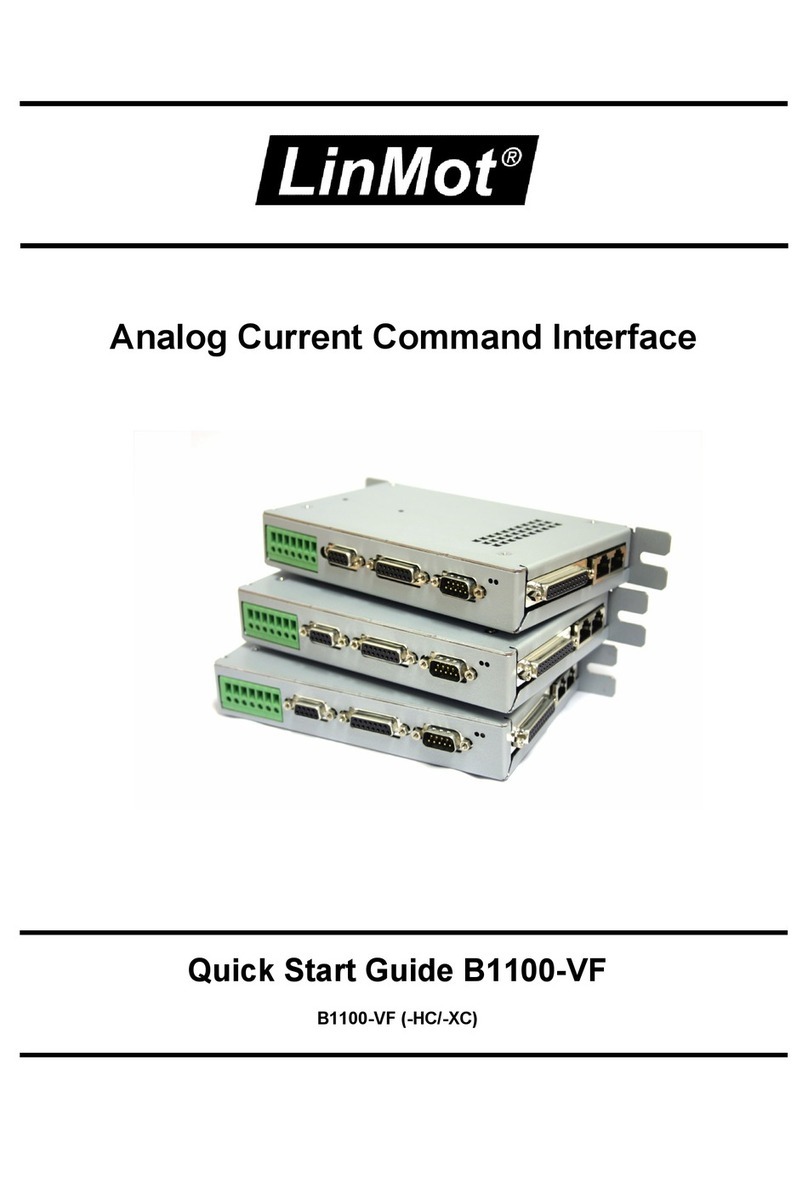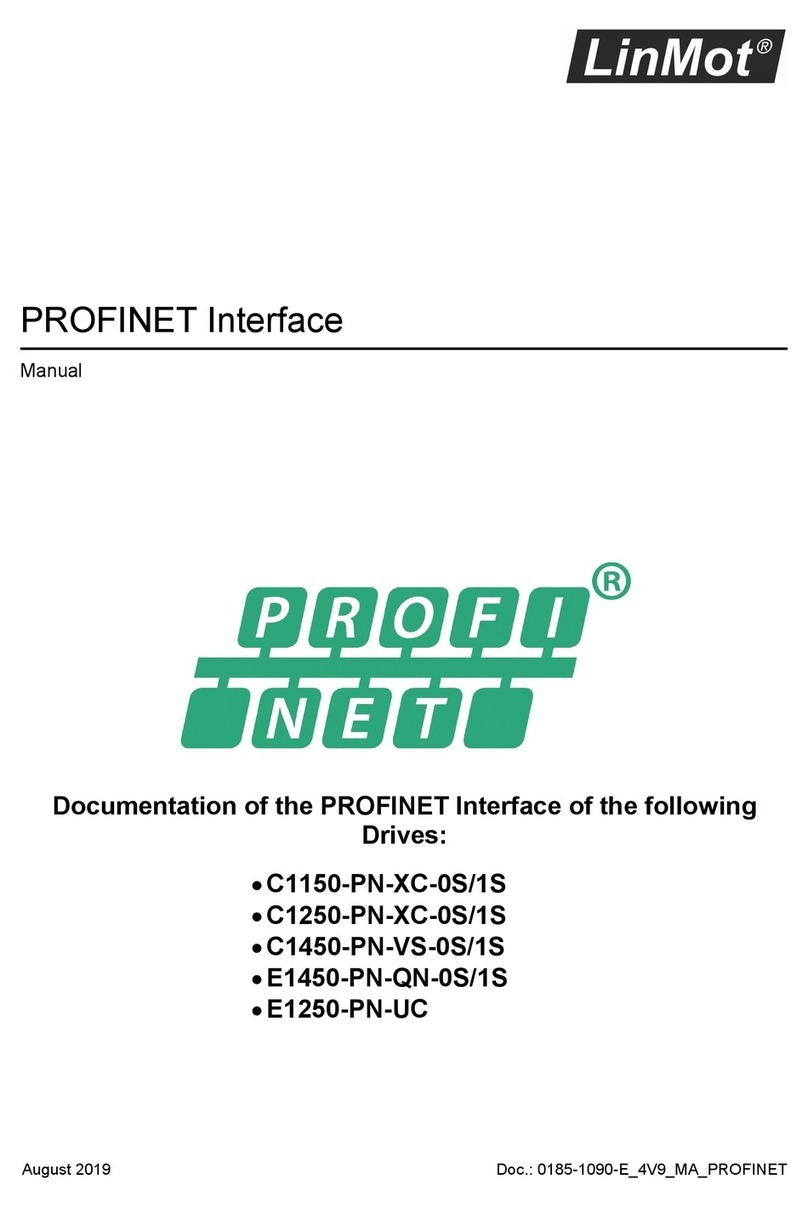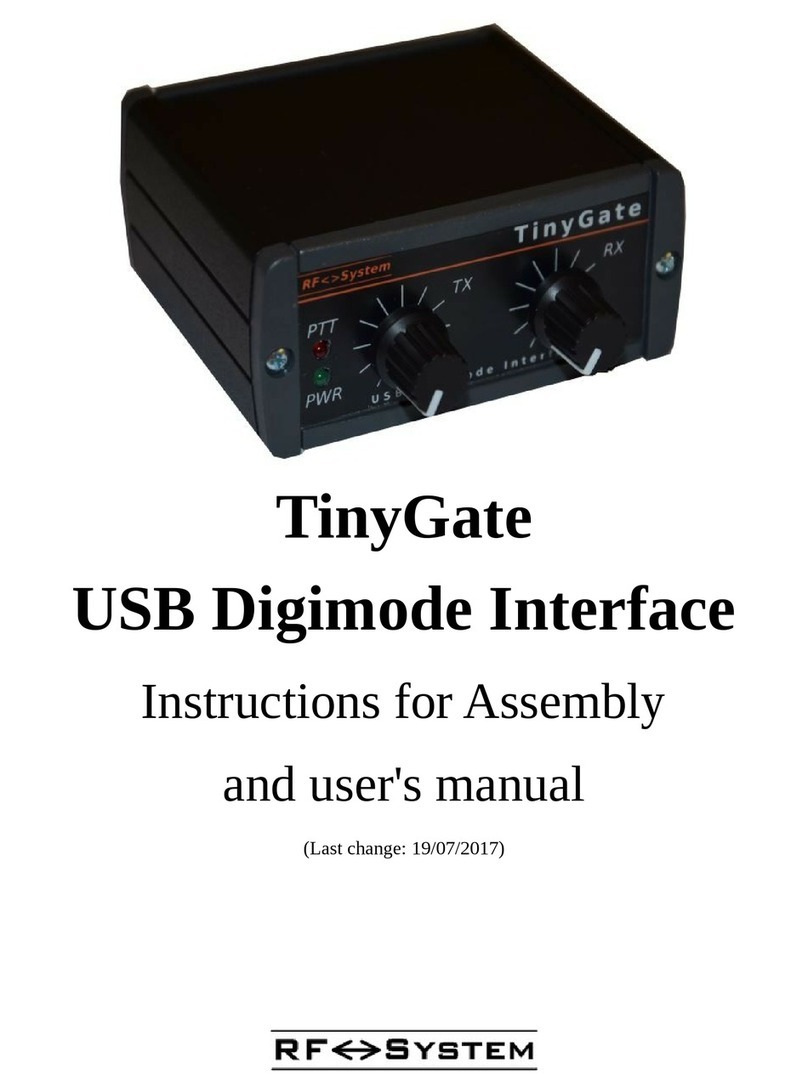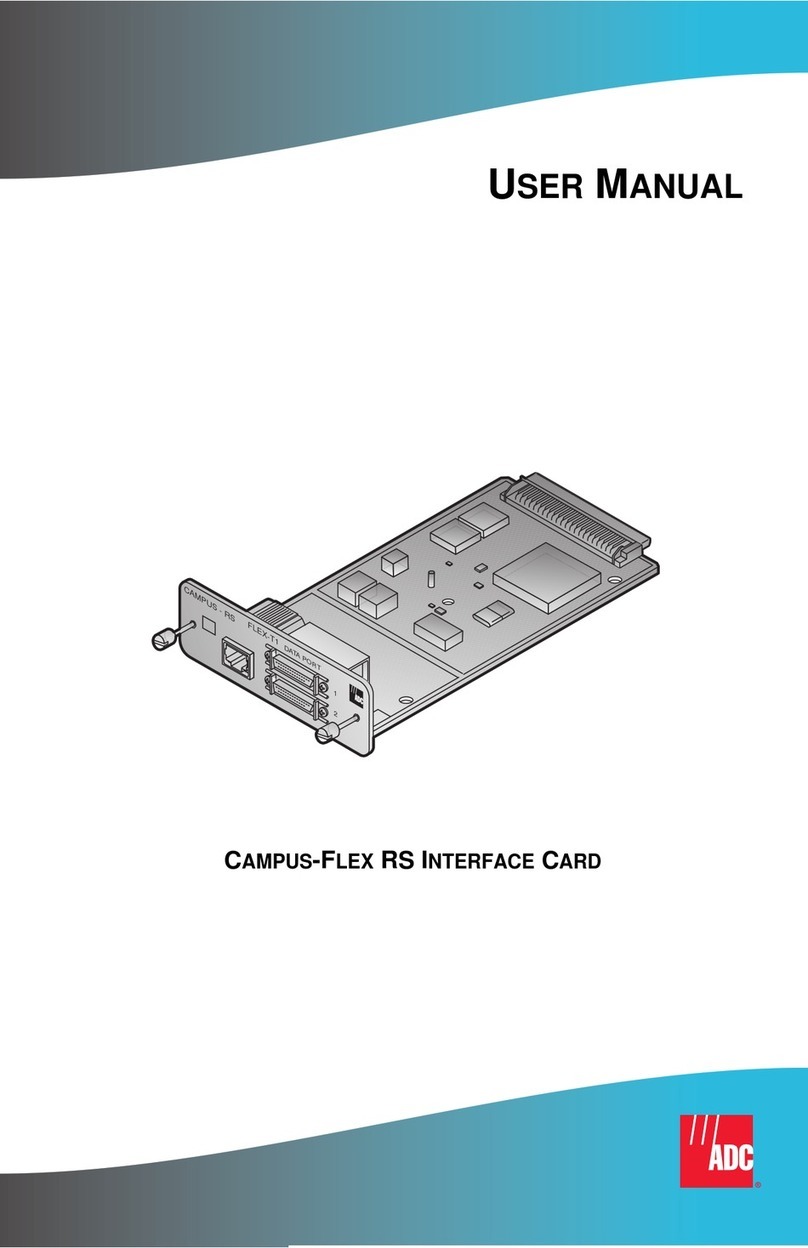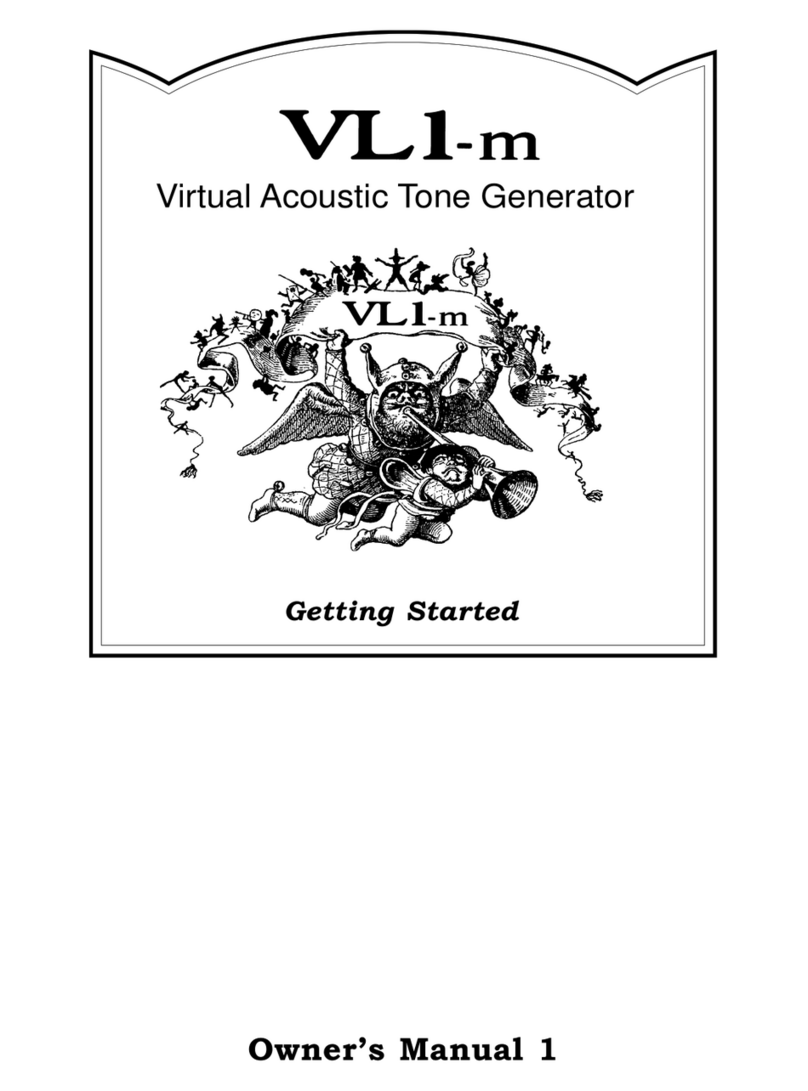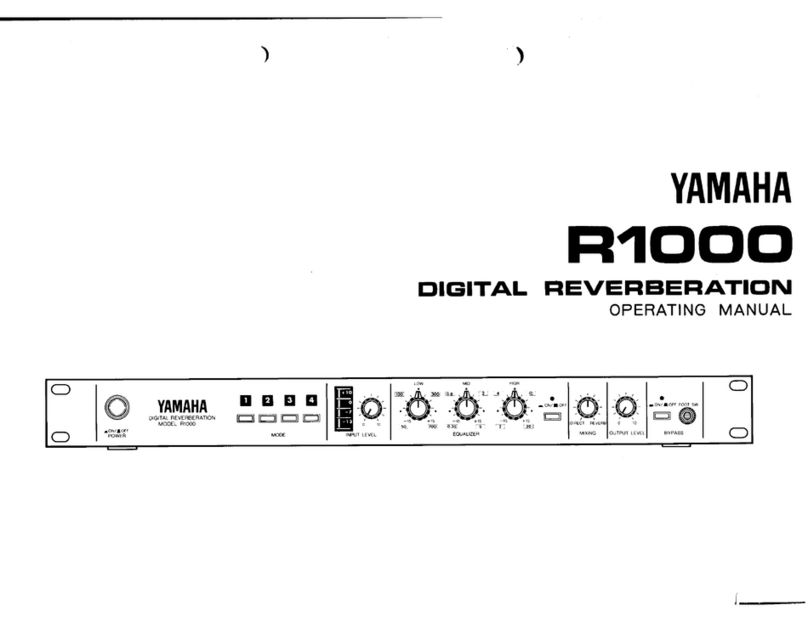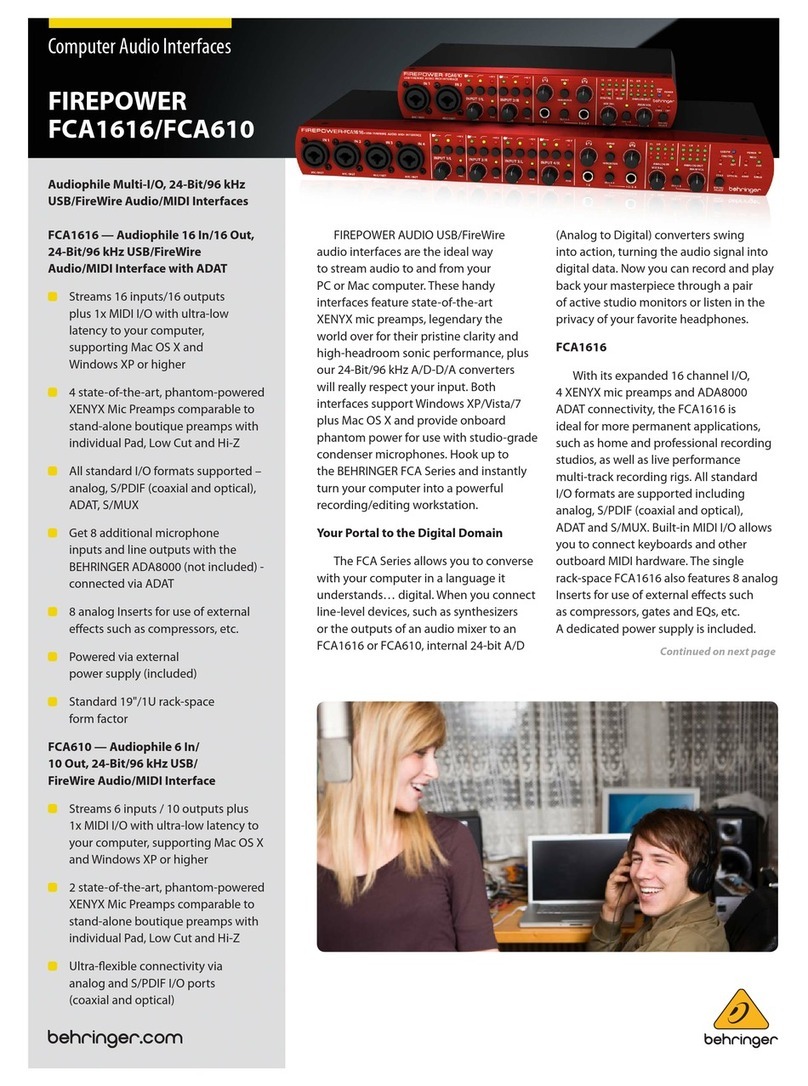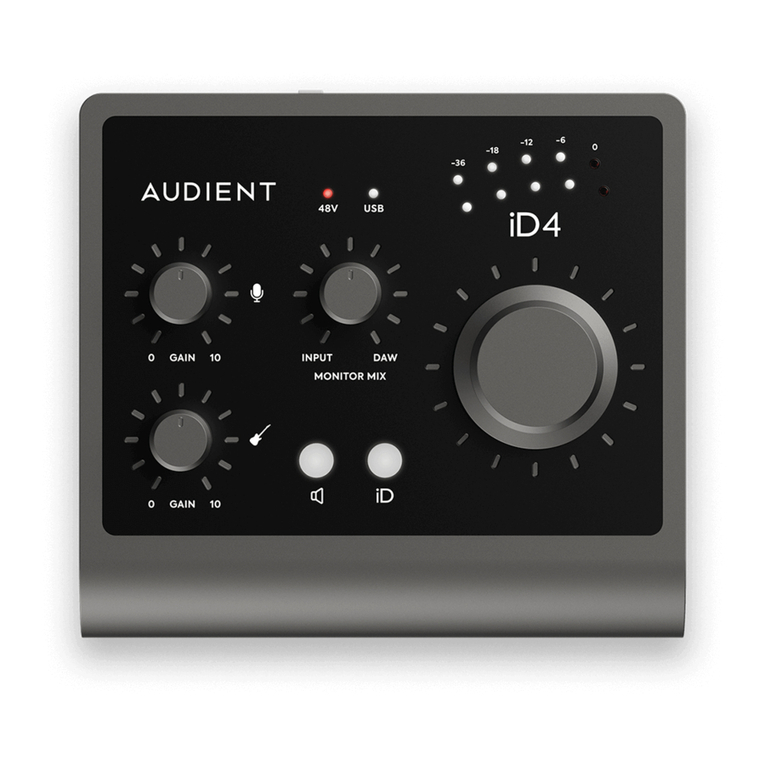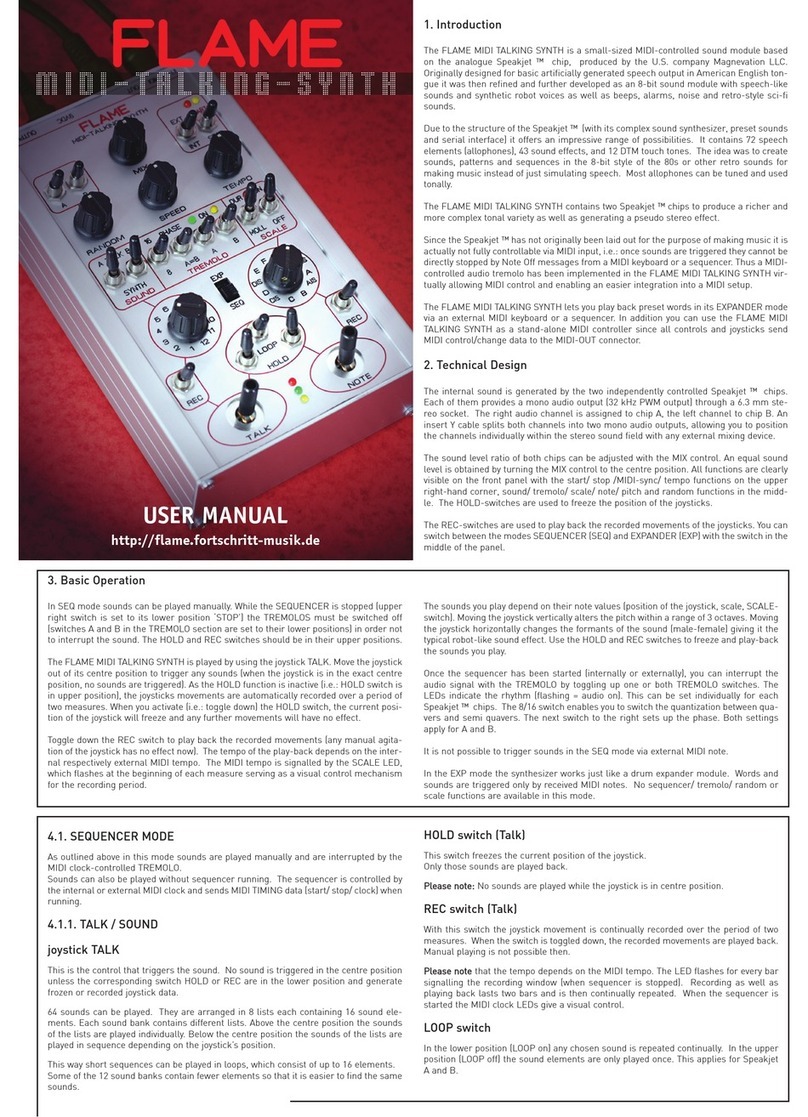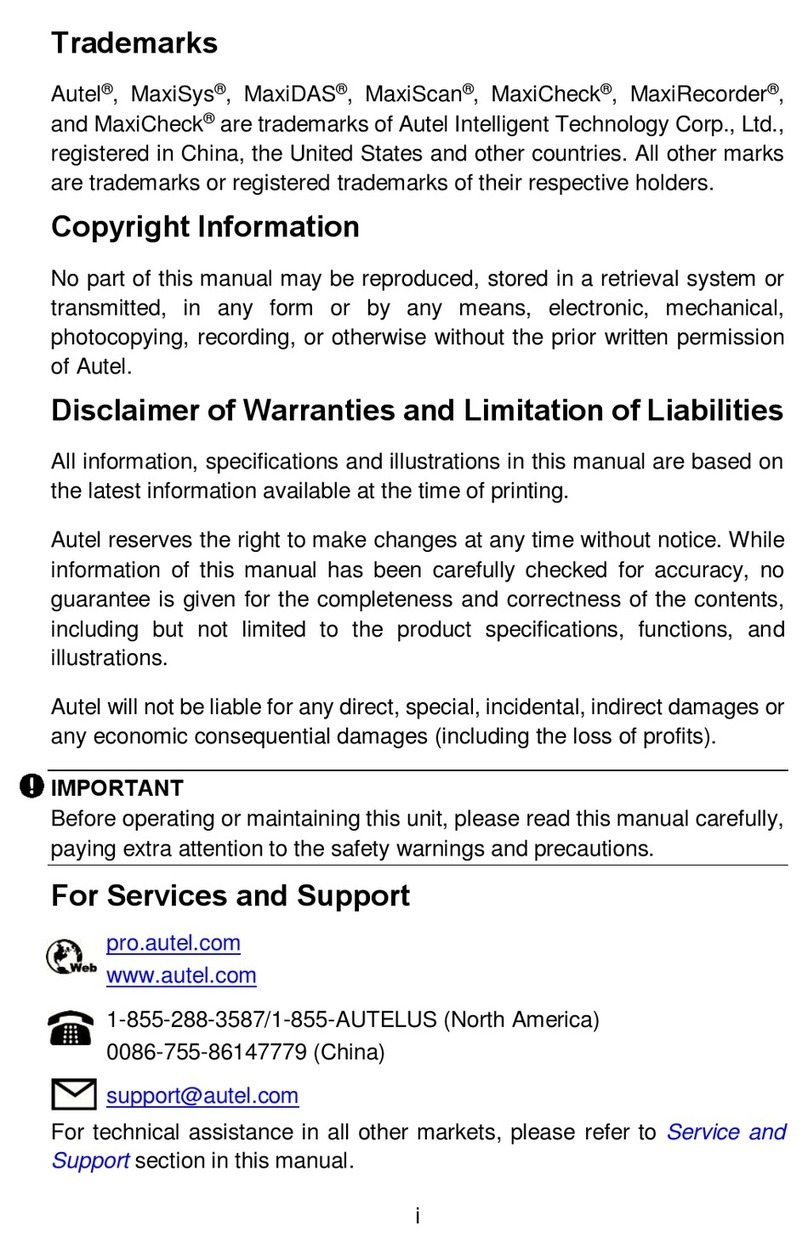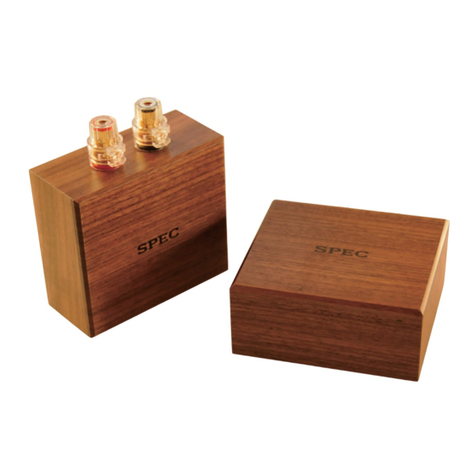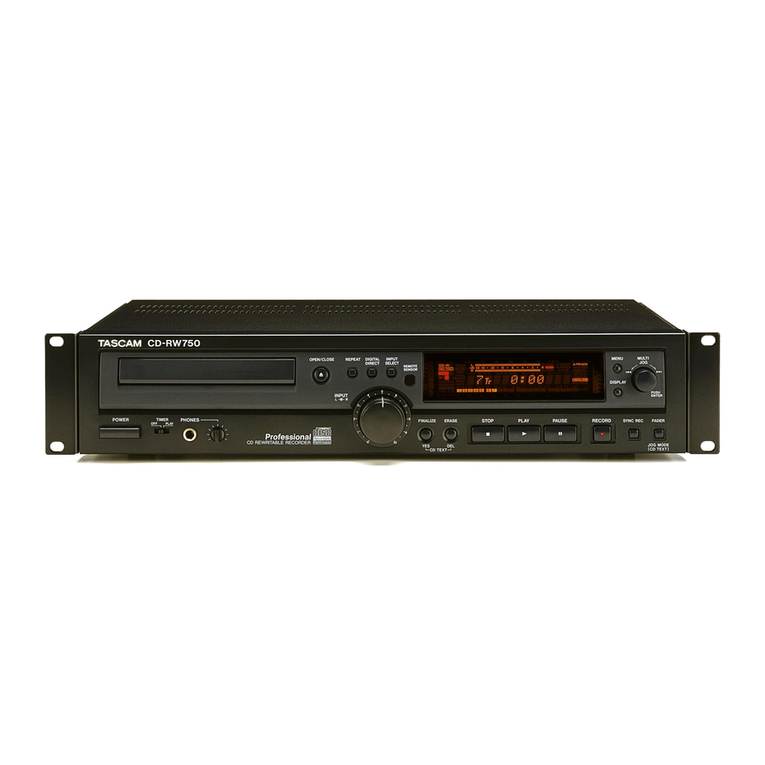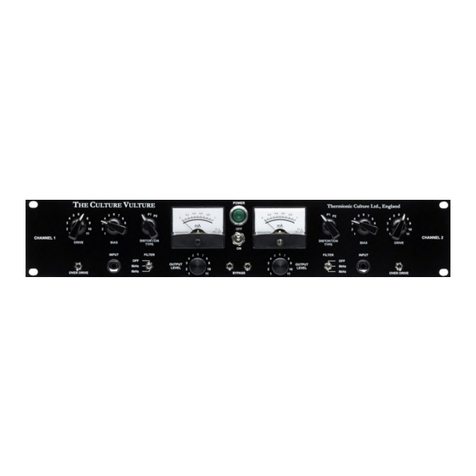LinMot CANopen SG5 User manual

August 2018
CANopen Interface for
SG5, SG6 and SG7
This document applies to the following drives:
·
E12x0-xx-xx-xxx (SG5)
·
E14x0-xx-xx-xxx (SG5)
·
E14x0V2-xx-xx-xxx (SG6)
·
C11x0-xx-xx-xxx (SG7)
·
A11x0-xx-xx-xxx (SG7)
(with CANopen Interface SW installed)
Manual
CANopen SG5 to SG7
Doc.: 0185-1076-E_2V3_MA_CANopenSG5toSG7

2 / 55 NTI AG / LinMot
© 2018 NTI AG
This work is protected by copyright.
Under the copyright laws, this publication may not be reproduced or transmitted in any form, electronic or
mechanical, including photocopying, recording, microfilm, storing in an information retrieval system, not even
for didactical use, or translating, in whole or in part, without the prior written consent of NTI AG.
LinMot® is a registered trademark of NTI AG.
Note
The information in this documentation reflects the stage of development at the time of press and is therefore
without obligation. NTI AG reserves itself the right to make changes at any time and without notice to reflect
further technical advance or product improvement.
NTI AG
LinMot
Bodenaeckerstrasse 2
CH-8957 Spreitenbach
Tel.: +41 56 419 91 91
Fax.: +41 56 419 91 92
Email: office@LinMot.com
Homepage: www.LinMot.com

3 / 55NTI AG / LinMot
1. System overview ................................................................................................... 5
2. Connecting the CAN bus ...................................................................................... 5
2.1 Pin assignment of the CMD Connector (X7, X8) .................................................. 5
2.2 Pin assignment of the Control Connector (X42, X43) .......................................... 6
2.3 Pin assignment of the Mot / Periph I/O Connector (X44) ..................................... 6
2.4 CAN Termination .................................................................................................... 6
2.4.1 Activating the termination resistor (E12xx) ................................................... 7
2.4.2 Activating the termination resistor (E14xx) ................................................... 7
2.4.3 Activating the termination resistor (C11xx) .................................................. 7
2.4.4 Activating the termination resistor (A11xx) ................................................... 7
3. CANopen Parameters ........................................................................................... 8
3.1 Dis-/Enable ............................................................................................................. 8
3.2 Baud Rate ............................................................................................................... 8
3.2.1 Baud Rate Source Select ................................................................................ 8
3.2.2 Baud Rate Parameter Definition ..................................................................... 9
3.3 Node-ID ................................................................................................................... 9
3.3.1 Node-ID Source Select .................................................................................... 9
3.4 PDO Configuration ............................................................................................... 10
3.4.1 TxPDO 1..4 Enable ......................................................................................... 10
3.4.1.1 Transmission Type ................................................................................................ 10
3.4.1.2 No. of SYNC msgs between transmissions ......................................................... 10
3.4.1.3 Inhibit Time [us] ..................................................................................................... 10
3.4.1.4 Event Time [ms] ..................................................................................................... 10
3.4.2 RxPDO 1..4 Enable ........................................................................................ 11
3.4.2.1 Transmission Type ................................................................................................ 11
3.5 PDO Mapping ........................................................................................................ 11
3.5.1 TxPDO 1 ......................................................................................................... 11
3.5.2 TxPDO 2 ......................................................................................................... 11
3.5.3 TxPDO 3 ......................................................................................................... 12
3.5.4 TxPDO 4 ......................................................................................................... 13
3.5.5 RxPDO 1 ......................................................................................................... 13
3.5.6 RxPDO 2 ......................................................................................................... 13
3.5.7 RxPDO 3 ......................................................................................................... 14
3.5.8 RxPDO 4 ......................................................................................................... 14
3.6 NMT Error Control ................................................................................................ 15
3.6.1 Node Guarding Protocol ............................................................................... 15
3.6.2 Heartbeat Protocol ........................................................................................ 15

4 / 55 NTI AG / LinMot
3.7 Legacy Sync Watchdog ....................................................................................... 16
3.7.1 Watchdog Enable .......................................................................................... 16
3.7.2 LSW monitored Cycle Time .......................................................................... 16
4. CANopen Variables ............................................................................................ 17
5. Mapping of the PDOs ......................................................................................... 18
5.1 Default Mapping ................................................................................................... 18
5.1.1 Default Mapping of the Receive PDOs ......................................................... 18
5.1.2 Default Mapping of the Transmit PDOs ....................................................... 18
5.1.3 Default Identifier ............................................................................................ 18
5.2 Using the Motion Command Interface in asynchronous transmission
modes ................................................................................................................... 19
6. Object Dictionary ................................................................................................ 20
6.1 Communication Profile Area (1000h - 1FFFh) .................................................... 20
6.2 Manufacturer specific Profile Area (2000h – 5FFFh) ......................................... 25
6.2.1 UPID Commands ........................................................................................... 25
6.2.2 System Commands ....................................................................................... 29
6.2.3 Curve Service Commands ............................................................................ 31
6.2.4 Error Log Commands ................................................................................... 38
6.2.5 Command Table Commands ........................................................................ 41
7. Examples ............................................................................................................. 47
7.1 Homing and motion commands .......................................................................... 47
8. Reset Parameters to default values .................................................................. 49
9. Configuration of the drive with an EDS File ..................................................... 50
9.1 Configuring a PDO variable by UPID with the EDS file ..................................... 50
9.1.1 Setting the UPIDs of the parameter to map to a PDO ................................. 50
9.1.2 Getting UPID PDO data into PLC variables ................................................. 50
9.1.3 Example ......................................................................................................... 50
10. RT LEDs ............................................................................................................... 52
11. Interface Error Codes ......................................................................................... 53

5 / 55NTI AG / LinMot
1 System overview
The LinMot CANopen drives comply with the following specifications:
·
CiA 102 DS V2.0 CAN physical layer for industrial applications
·
CiA 301 DS V4.0.2 – CANopen application layer and communication profile
·
CiA 303-3 DR V1.3: CANopen additional specification – Part 3: Indicator
specification
·
CiA 306 DS V1.3: Electronic data sheet specification for CANopen
Further information on specifications can be found under: http://www.can-cia.org/
The following resources are available:
·
4 TxPDO
·
4 RxPDO
·
1 TxSDO
·
1 RxSDO
The supported protocols include:
·
NMT Error Control (Node Guarding Protocol or Heartbeat Protocol)
·
PDO (Transmission types 1-240, 250, 253 and 254)
·
SDO Upload and Download
·
NMT (Start, Stop, Enter PreOp, Reset Node, Reset Communication)
·
Boot-Up Message
An EDS (Electronic Data Sheet) file is provided for convenient configuration of all
CANopen functions of the drive via a PLC.
2 Connecting the CAN bus
The CANopen bus can be connected either via X7/8, X42/X43 or X44 depending on
the drive type.
2.1 Pin assignment of the CMD Connector (X7, X8)
2 x RJ45 with 1:1 connected signals. Standard twisted pairs: 1/2, 3/6, 4/5, 7/8.
Use Ethernet cables according the EIA / TIA 568A standard.
Pin 1
RS485 A
Pin 2
RS485 B
Pin 3
RS485 Y
Pin 4/5
Ground
Pin 6
RS485 Z
Pin 7
CAN H
Pin 8
CAN L

6 / 55 NTI AG / LinMot
2.2 Pin assignment of the Control Connector (X42, X43)
2 x RJ45 with 1:1 connected signals. Standard twisted pairs: 1/2, 3/6, 4/5, 7/8.
Use Ethernet cables according the EIA / TIA 568A standard.
Pin 1
C Dig IN 1
Pin 2
C Dig IN 2
Pin 3
C Dig IN 3
Pin 4/5
Ground
Pin 6
C Dig OUT 1
Pin 7
CAN H
Pin 8
CAN L
2.3 Pin assignment of the Mot / Periph I/O Connector (X44)
Molex Micro-Fit 3.0™ (Molex Art.Nr.: 43045-1000).
Use shielded cables with twisted pairs for CAN signals.
Connect the shield as close as possible to the drive to PE.
Pin 1
DGND
Pin 2
MP DIG IN 1
Pin3
MP DIG IN 2
Pin 4
CAN GND
Pin 5
CAN H
Pin 6
24VDC OUT
Pin 7
MP DIG OUT 1
Pin 8
MP DIG IN 3
Pin 9
AnIn
Pin 10
CAN L
2.4 CAN Termination
The CAN-bus must be terminated by two 120 Ohm resistors at both ends of the bus
line, according to the following figure:
For easy installation, the LinMot CANopen drives has built-in termination resistors,
which can be activated, if the LinMot drive is at the end of the bus line, and if there is
no termination in the connector.

7 / 55NTI AG / LinMot
2.4.1 Activating the termination resistor (E12xx)
S5
Switch 1:
AnIn2 pull-down (4k7Ω Pulldown on X4.4). Set to ON, if X4.4 is
used as digital output
Switch 2:
Termination resistor for RS485 on CMD (120Ω between pin 1
and 2 on X7/X8) on/off
Switch 3:
CAN termination on CMD (120Ω between pin 7 and 8 on
X7/X8) on/off
Switch 4:
CAN termination on ME (120Ω between pin 7 and 8 on
X10/X11) on/off
( Factory setting: all switches “off” )
To activate the built-in termination resistors, switch 3 of S5 has to be set to ON.
2.4.2 Activating the termination resistor (E14xx)
S5
Switch 1:
AnIn2 pull-down (4k7Ω Pulldown on X4.4). Set to ON, if X4.4 is
used as digital output
Switch 2:
Termination resistor for RS485 on CMD (120Ω between pin 1
and 2 on X7/X8) on/off
Switch 3:
CAN termination on CMD (120Ω between pin 7 and 8 on
X7/X8) on/off
Switch 4:
CAN termination on ME (120Ω between pin 7 and 8 on
X10/X11) on/off
Switch 5:
Bootstrap: Must be off for normal operation
Switch 6:
Override Configuration Ethernet to DHCP
To activate the built-in termination resistors, switch 3 of S5 has to be set to ON.
2.4.3 Activating the termination resistor (C11xx)
S4
Switch 1:
RS232 / RS485 select
Switch 2:
Termination resistor for RS485 on CMD (120Ω between pin 1
and 2 on X7/X8) on/off
Switch 3:
Bootstrap
Switch 4:
Bootstrap
( Factory setting: all switches “off” )
To activate the built-in termination resistors, switch 3 of S4 has to be set to ON.
2.4.4 Activating the termination resistor (A11xx)
S5
Switch 1:
CAN termination (120Ω between CANL and CANH) on/off
Switch 2:
Set all drive parameters to default
Switch 3:
Bootstrap
( Factory setting: all switches “off” )
To activate the built-in termination resistors, switch 1 of S5 has to be set to ON.

8 / 55 NTI AG / LinMot
3 CANopen Parameters
The CANopen drives have an additional parameter tree branch, which can be
configured with the distributed LinMot-Talk software. With these parameters, the
CANopen behaviour can be defined.
The LinMot-Talk1100 software can be downloaded from http://www.linmot.com.
Depending on the specific drive type used, not all parameters may be present.
It is also possible to configure the drive via a PLC by writing to the appropriate
CANopen dictionary entries. This has to be done when the drive is in the pre-
operational state.
If the PLC reconfigures the drive, the changes are not reflected in the
parameter section of the LinMot-Talk software. The values sent via the
PLC will take precedence over the configuration seen in the LinMot-Talk
software!
3.1 Dis-/Enable
With the Dis-/Enable parameter the LinMot drive can be run without the CANopen
interface going online. So in a first step the system can be configured and run without
any bus connection.
CANopen Interface\ Dis-/Enable
Default
Value
Disable
The drive does not take part in the CANopen communication.
-
Enable
The drive takes part in the CANopen communication.
X
3.2 Baud Rate
In this section the parameters for the baud rate selection are located.
3.2.1 Baud Rate Source Select
Defines the source of the baud rate definition.
CANopen Interface\ Baud Rate \Baud Rate Source Select
Defaul
t
Value
By Hex Switch S1
CAN bus baud rate dependent on S1:
0 = SG5-6: By BTR
SG7: By Autodetection
1 = 125 kBit/s
2 = 250 kBit/s
3 = 500 kBit/s
4 = 1 Mbit/s
5 = SG5-6: By BTR
SG7: By Autodetection
6 = SG5-6: By BTR
SG7: By Autodetection
7 = SG5-6: By BTR
SG7: By Autodetection
X
By Parameter
The CAN bus baud rate is selected by the “Baudrate
Parameter”:
·
125 kBit/s [1]
-

9 / 55NTI AG / LinMot
CANopen Interface\ Baud Rate \Baud Rate Source Select
Defaul
t
Value
·
250 kBit/s [2]
·
500 kBit/s [3]
·
1 Mbit/s [4]
By BTR
CAN bus baud rate is defined according to the Bit
Timing Register.
-
By Autodetection
(SG7 only)
CAN bus baud rate is detected automatically (125, 250,
500 and 1000 k/Bits supported).
-
3.2.2 Baud Rate Parameter Definition
The baud rate parameter defines the CAN bus baud rate for the CANopen connection.
CANopen Interface\ Baud Rate\ Baud Rate Parameter
Definition
Default
Value
125 kBit/s
CAN bus baud rate = 125 kBit/s
-
250 kBit/s
CAN bus baud rate = 250 kBit/s
-
500 kBit/s
CAN bus baud rate = 500 kBit/s
X
1 Mbit/s
CAN bus baud rate = 1 Mbit/s
-
Advanced Bit Timing Setting
For special applications where no standard setting for the baud rate works, this
parameter defines the bit timing for the CAN bus. The setting of the baud rate by Bit
Timing Register is only necessary on special bus configurations: For example, if there
are devices on the bus that have slow optocouplers. The default BTR value is equal to
the 'By Parameter' setting of 500kBit/s.
3.3 Node-ID
In this section the Node-ID can be configured.
3.3.1 Node-ID Source Select
This parameter defines from which source the Node-ID is taken.
CANopen Interface\ Node-ID\ Node-ID Source Select
Default
Value
By Hex Switch S2
The Node-ID is determined by the
hex switch S2.
X
By Hex Switches S1 and S2
The Node-ID is determined by the
two hex switches S1 and S2.
-
By Parameter
The Node-ID is determined via an
additional parameter.
-
CANopen Interface\ Node-ID\ Node-ID Parameter Value
Default
Value
Node-ID Parameter Value
Used Node-ID, when “By Parameter”
is selected as source.
63
Note: If 'Baud Rate Source Select' is set to 'By Hex Switch S1' and Node-ID Source
Select is set to 'By Hex switch S2' and all switches are off, the Node-ID is set to the
Node-ID Parameter Value (Default = 63).

10 / 55 NTI AG / LinMot
If 'Baud Rate Source Select' is set to 'By Hex Switch S1' and the Value of S1 is greater
or equal 8, the Node-ID is incremented by 16.
3.4 PDO Configuration
3.4.1 TxPDO 1..4 Enable
Selector for enabling/disabling the transmit PDO 1..4.
CANopen Interface\ PDO Configuration\ TxPDO 1..4\ TxPDO
1..4 Enable
Default
Value
Disable
The PDO is deactivated
-
Enable
The PDO is activated
X
3.4.1.1 Transmission Type
CANopen Interface\ PDO Configuration\ TxPDO 1..4\
Transmission Type
Default
Value
Asynchronous with inhibit time
Transmission type is set to
'Asynchronous with inhibit time'.
-
Asynchronous RTR only
Transmission type is set to
'Asynchronous RTR only'.
-
Cyclic synchronous
Transmission type is set to 'Cyclic
synchronous'.
X
Poll-Request / Poll-Response
Transmission type is set to 'Poll-
Request / Poll-Response'.
-
This defines the transmission type according to DS 301. Type 253 (Asynchronous
RTR only) and 254 (Asynchronous with inhibit time) are supported as well.
The transmission type 250 is LinMot specific (it is reserved according to DS 301).
If the transmission type 250 is selected, the transmit PDO is sent immediately after
reception of the corresponding receive PDO (TxPDO 1 corresponds to RxPDO 1 and
so on). It can be used to realize a simple Poll-Request / Poll-Response type bus
structure.
3.4.1.2 No. of SYNC msgs between transmissions
Defines how many SYNC messages have to be received before the TxPDO is sent
again (this configures transmission types 1-240).
3.4.1.3 Inhibit Time [us]
Defines the minimal time between two send events in multiples of 100us.
3.4.1.4 Event Time [ms]
Defines the maximal time between two send events in ms.

11 / 55NTI AG / LinMot
3.4.2 RxPDO 1..4 Enable
Selector for enabling/disabling the receive PDO 1..4.
CANopen Interface\ PDO Configuration\ RxPDO 1..4\RxPDO
1..4 Enable
Default
Value
Disable
The PDO is deactivated
-
Enable
The PDO is activated
X
3.4.2.1 Transmission Type
CANopen Interface\ PDO Configuration\ RxPDO 1..4\
Transmission Type
Default
Value
Asynchronous with inhibit time
Transmission type is set to
'Asynchronous with inhibit time'.
-
Cyclic synchronous
Transmission type is set to 'Cyclic
synchronous'.
X
Poll-Request / Poll-Response
Transmission type is set to 'Poll-
Request / Poll-Response'.
-
This defines the transmission type according to DS 301. Type 254 (Asynchronous
with inhibit Time) is supported as well.
The transmission type 250 is LinMot specific (its reserved according to DS 301). If
the transmission type 250 is selected, the transmit PDO is sent immediately
after reception of the corresponding receive PDO (TxPDO 1 corresponds to RxPDO 1
and so on). It can be used to realize a simple Poll- Request / Poll-Response type bus
structure.
3.5 PDO Mapping
3.5.1 TxPDO 1
These parameters define the mapping of the transmit PDO 1.
Eight bytes can be mapped in total.
CANopen Interface\ PDO Mapping\ TxPDO 1
Default
Value
Status Word [16Bit]
If this Boolean parameter is set, the status word is
transmitted with TxPDO 1.
X
State Var [16Bit]
If this Boolean parameter is set, the state var (high
byte = state / low byte = sub state) is transmitted
with TxPDO 1.
X
Actual Position [32Bit]
If this Boolean parameter is set, the 32-bit actual
position is transmitted with TxPDO 1.
X
By UPID [8-32Bit]
This parameter can be used for free mapping of any
parameter or variable to TxPDO 1 (mapping through
Unique Parameter ID = UPID, 0 = no mapping). The
corresponding data size in TxPDO 1 is derived from
the mapped UPID.
For Boolean values one byte is used in the PDO
with the lowest bit being the value of the Boolean.
0x0000
3.5.2 TxPDO 2
These parameters define the mapping of the transmit PDO 2.
Eight bytes can be mapped in total.

12 / 55 NTI AG / LinMot
CANopen Interface\ PDO Mapping\ TxPDO 2
Default
Value
Demand Position [32Bit]
If this Boolean parameter is set, the 32-bit
demand position is transmitted with TxPDO 2.
X
Demand Current [32Bit]
If this Boolean parameter is set, the 32-bit
demand current value (= motor current) is
transmitted with TxPDO 2.
X
By UPID [8-32Bit]
This parameter can be used for free mapping of
any parameter or variable to TxPDO 2 (mapping
through Unique Parameter ID = UPID, 0 = no
mapping). The corresponding data size in
TxPDO 2 is derived from the mapped UPID.
For Boolean values one byte is used in the PDO
with the lowest bit being the value of the
Boolean.
0x0000
3.5.3 TxPDO 3
These parameters define the mapping of the transmit PDO 3.
Eight bytes can be mapped in total.
CANopen Interface\ PDO Mapping\ TxPDO 3
Default
Value
Warn Word [16Bit]
If this Boolean parameter is set, the warn word
(= bit coded warnings) is transmitted with
TxPDO 1.
X
Logged Error Code [16Bit]
If this Boolean parameter is set, the logged
error code is transmitted with TxPDO 1.
X
Motion Cmd Status [16Bit]
Feedback of the motion command header
(toggle, etc..)
-
By UPID [8-32Bit]
This parameter can be used for free mapping of
any parameter or variable to TxPDO 3 (mapping
through Unique Parameter ID = UPID, 0 = no
mapping). The corresponding data size in
TxPDO 3 is derived from the mapped UPID.
For Boolean values one byte is used in the PDO
with the lowest bit being the value of the
Boolean.
0x0000

13 / 55NTI AG / LinMot
3.5.4 TxPDO 4
These parameters define the mapping of the transmit PDO 4.
Eight bytes can be mapped in total.
CANopen Interface\ PDO Mapping\ TxPDO 4
Default
Value
By UPID [8-32Bit]
This parameter can be used for free mapping of any
parameter or variable to TxPDO 4 (mapping through
Unique Parameter ID = UPID, 0 = no mapping). The
corresponding data size in TxPDO 4 is derived from the
mapped UPID.
For Boolean values one byte is used in the PDO with the
lowest bit being the value of the Boolean.
0x0000
3.5.5 RxPDO 1
These parameters define the mapping of the receive PDO 1.
Eight bytes can be mapped in total.
CANopen Interface\ PDO Mapping\ RxPDO 1
Default
Value
Control Word [16Bit]
If this Boolean parameter is set, the
control word has to be transmitted with
RxPDO 1.
X
Motion Cmd Header [16Bit]
Motion command interface header.
X
Motion Cmd Par Byte 0..3 [32Bit]
The first 4 bytes of the command
parameters of the motion command
interface.
X
By UPID [8-32Bit]
This parameter can be used for free
mapping of any parameter or variable to
RxPDO 1 (mapping through Unique
Parameter ID = UPID, 0 = no mapping).
The corresponding data size in RxPDO 1
is derived from the mapped UPID.
For Boolean values one byte is used in
the PDO with the lowest bit being the
value of the Boolean.
0x0000
3.5.6 RxPDO 2
These parameters define the mapping of the receive PDO 2.
Eight bytes can be mapped in total.
CANopen Interface\ PDO Mapping\ RxPDO 2
Default
Value
Motion Cmd Slave Header [16Bit]
To ensure data consistency with
asynchronous communication modes,
the slave headers have to be used
when spreading motion commands
across several PDOs.
-
Motion Cmd Par Byte 4..7 [32Bit]
The second 4 bytes of the command
parameters of the motion command
interface.
X
Motion Cmd Par Byte 8..9 [16Bit]
The first half of the third 4 bytes of the
command parameters of the motion
command interface.
-

14 / 55 NTI AG / LinMot
CANopen Interface\ PDO Mapping\ RxPDO 2
Default
Value
Motion Cmd Par Byte 8..11 [32Bit]
The third 4 bytes of the command
parameters of the motion command
interface.
X
By UPID [8-32Bit]
This parameter can be used for free
mapping of any parameter or variable
to RxPDO 2 (mapping through Unique
Parameter ID = UPID, 0 = no
mapping). The corresponding data
size in RxPDO 2 is derived from the
mapped UPID.
For Boolean values one byte is used
in the PDO with the lowest bit being
the value of the Boolean.
0x0000
3.5.7 RxPDO 3
These parameters define the mapping of the receive PDO 3.
Eight bytes can be mapped in total.
CANopen Interface\ PDO Mapping\ RxPDO 3
Default
Value
Motion Cmd Slave Header [16Bit]
To ensure data consistency with
asynchronous communication modes,
the slave headers have to be used
when spreading motion commands
across several PDOs.
-
Motion Cmd Par Byte 10..13 [32Bit]
The fourth 4 bytes of the command
parameters of the Motion Command
Interface.
-
Motion Cmd Par Byte 14..15 [16Bit]
The second half of the fourth 4 bytes
of the command parameters of the
Motion Command Interface.
-
Motion Cmd Par Byte 12..15 [32Bit]
The fifth 4 bytes of the command
parameters of the Motion Command
Interface.
X
Motion Cmd Par Byte 16..19 [32Bit]
The sixth 4 bytes of the command
parameters of the Motion Command
Interface.
X
By UPID [8-32Bit]
This parameter can be used for free
mapping of any parameter or variable
to RxPDO 3 (mapping through Unique
Parameter ID = UPID, 0 = no
mapping). The corresponding data
size in RxPDO 3 is derived from the
mapped UPID.
For Boolean values one byte is used in
the PDO with the lowest bit being the
value of the Boolean.
0x0000
3.5.8 RxPDO 4
These parameters define the mapping of the receive PDO 4.
Eight bytes can be mapped in total.

15 / 55NTI AG / LinMot
CANopen Interface\ PDO Mapping\ RxPDO 4
Default
Value
Motion Cmd Slave Header [16Bit]
To ensure data consistency with
asynchronous communication modes,
the slave headers have to be used
when spreading motion commands
across several PDOs.
-
Motion Cmd Par Byte 16..19 [32Bit]
The sixth 4 bytes of the command
parameters of the motion command
interface.
-
By UPID [8-32Bit]
This parameter can be used for free
mapping of any parameter or variable
to RxPDO 4 (mapping through Unique
Parameter ID = UPID, 0 = no
mapping). The corresponding data size
in RxPDO 4 is derived from the
mapped UPID.
For Boolean values one byte is used in
the PDO with the lowest bit being the
value of the Boolean.
0x0000
3.6 NMT Error Control
The heartbeat mechanism takes precedence over the node guarding protocol. If object
1017h of the object dictionary (Producer Heartbeat Time) is different from zero, the
heartbeat protocol is used.
If this entry is zero and the guard time multiplied with the life time factor is not zero, the
node guarding protocol is used instead.
If all of these values are zero, no error control mechanism will be active.
The drive is also capable of consuming a heartbeat. If object 1016h sub 1 of the object
dictionary (Consumer Heartbeat Time 1) is different from zero, a heartbeat is
consumed with the node-ID and time (given in ms) taken from this entry.
3.6.1 Node Guarding Protocol
Directory for configuring the node guarding protocol.
CANopen Interface\ NMT Error Control\ Node Guarding
Protocol
Default
Value
Guard Time
The guard time in ms, when the node
guarding mechanism is active.
0ms
Life Time Factor
Multiplier used with the Guard Time.
0
The total time that has to pass for a node to trigger a failure is called the
node life time. The node life time is the guard time multiplied by the life
time factor. Node Guarding starts with the reception of the first guarding
message.
3.6.2 Heartbeat Protocol
These parameters configure the heartbeat protocol.

16 / 55 NTI AG / LinMot
CANopen Interface\ NMT Error Control\ Heartbeat Protocol
Default
Valule
Producer Time
Cycle time for producing a heartbeat in
ms.
0ms
Consumer Time
Time for the consumed heartbeat in ms.
0ms
Consumed Node-ID (Master)
Node-ID of the master, who's heartbeat is
monitored.
0
3.7 Legacy Sync Watchdog
These parameters configure the legacy watchdog of the sync telegram. This can be
used together with heartbeat or node guarding.
This feature is not part of the DS 301 specifications and is LinMot specific.
The time between the arrival of two sync telegrams is measured. If the measured time
exceeds 1.5 * LSW monitored cycle time an error is generated.
The Legacy Sync Watchdog is only active while the NMT-State of the drive is
operational. Monitoring via the LSW starts automatically on the transition from Pre-
Operational to Operational state.
3.7.1 Watchdog Enable
Enabling/Disabling the legacy sync watchdog feature.
CANopen Interface\ NMT Error Control\ Legacy Sync
Watchdog\ LSW Enable
Default
Value
Disable
The sync watchdog is deactivated.
X
Enable
The sync watchdog is activated.
-
3.7.2 LSW monitored Cycle Time
The real expected sync cycle time can be configured here.

17 / 55NTI AG / LinMot
4 CANopen Variables
CANopen
These variables show information about the status of the CANopen communication:
CANopen
NMT State
Shows the NMT state of the drives.
(INITIALISING, STOPPED, PREOPERATIONAL,
OPERATIONAL)
Node-ID
Active node-ID of the drive.
Baud Rate
Active baud rate of the drive.
Active Error Control Protocol
Shows if a guarding protocol is active.
(None, Heartbeat Protocol, Node Guarding Protocol)
SyncCycle
Time in [us] between the reception of two SYNC
messages.
CAN Bit Timing
Value of the CAN Bit Timing Register.
CANopen: Object Dictionary
All supported object dictionary entries can be read here.

18 / 55 NTI AG / LinMot
5 Mapping of the PDOs
5.1 Default Mapping
The PDOs are mapped by default according to the following scheme:
5.1.1 Default Mapping of the Receive PDOs
RxPDO 1
Length
Control Word
[16Bit]
Motion Cmd Header
[16Bit]
Motion Cmd Par Byte 00..03
[32Bit]
RxPDO 2
Length
Motion Cmd Par Byte 04..07
[32Bit]
Motion Cmd Par Byte 08..11
[32Bit]
RxPDO 3
Length
Motion Cmd Par Byte 12..15
[32Bit]
Motion Cmd Par Byte 16..19
[32Bit]
RxPDO 4
Length
A maximum of 4 parameters with a total maximum length of 64 Bit can be
mapped by UPID
[64Bit]
5.1.2 Default Mapping of the Transmit PDOs
TxPDO 1
Length
Status Word
[16Bit]
State Var
[16Bit]
Actual Position
[32Bit]
TxPDO 2
Length
Demand Position
[32Bit]
Demand Current
[32Bit]
TxPDO 3
Length
Warn Word
[16Bit]
Logged Error Code
[16Bit]
A maximum of 4 parameters with a total maximum length of 32 Bit can be
mapped by UPID
[32Bit]
TxPDO 4
Length
A maximum of 4 parameters with a total maximum length of 64 Bit can be
mapped by UPID
[64Bit]
If the application requires it, the mapping can be completely changed by the PDO
Mapping parameter settings. Many applications do not require to use all resources.
5.1.3 Default Identifier
The default identifiers (11 bit identifier) are allocated by the following scheme:
10
9
8
7
6
5
4
3
2
1
0
Function Code
Node ID
This results in the following table:

19 / 55NTI AG / LinMot
Object
Function
Code
(binary)
COB ID
(hex)
COB ID
(dec)
Object for Comm.
Parameter / Mapping
NMT
0000b
00h
0
-
SYNC
0001b
80h
128
1005h / 1006h / 1007h
Emergency
0001b
81h – FFh
129-255
1014h
TxPDO 1
0011b
181h – 1FFh
385-511
1800h / 1A00h
TxPDO 2
0101b
281h – 2FFh
513-639
1801h / 1A01h
TxPDO 3
0111b
381h – 3FFh
641-767
1802h / 1A02h
TxPDO 4
1001b
481h – 4FFh
769-895
1803h / 1A03h
RxPDO 1
0100b
201h – 27Fh
897-1023
1400h / 1600h
RxPDO 2
0110b
301h – 37Fh
1025-1151
1401h / 1601h
RxPDO 3
1000b
401h – 47Fh
1153-1279
1402h / 1602h
RxPDO 4
1010b
501h – 57Fh
1281-1407
1403h / 1603h
TxSDO
1011b
581h – 5FFh
1409-1535
-
RxSDO
1100b
601h – 67Fh
1537-1663
-
NMT Error Control
(NodeGuarding,
Heartbeat)
1110b
701h – 77Fh
1793-1919
100Ch / 100Dh (NG)
1016h / 1017h (Heartbeat)
5.2 Using the Motion Command Interface in asynchronous transmission
modes
Because the CMD interface of the LinMot drives consists of more than 8 bytes, it is
necessary to link two or more RxPDOs together to ensure data consistency.
This is done by the “Motion CMD Slave Header”. In order to execute a command, the
toggle bits of all headers have to be changed to the same new value. On the slave
header only the last 4 bits are evaluated, so it is possible to simply copy the “CMD
Header” from RxPDO 1 to the “Motion CMD Slave Header” of RxPDOs 2-4.

20 / 55 NTI AG / LinMot
6 Object Dictionary
In this chapter all entries in the object dictionary, which are supported by the drives, are
listed.
6.1 Communication Profile Area (1000h - 1FFFh)
Index
Sub-
Index
Name
Access
Type
Data Type
1000h
-
Device Type
ro
Unsigned32
Always zero (= no standardized device profile).
1001h
-
Error register
ro
Unsigned8
Only bit 0 is supported, which indicates a generic error.
1005h
-
COB-ID SYNC
rw
Unsigned32
Defines the COB-ID of the Synchronization Object (SYNC).
1006h
-
Communication cycle period
rw
Unsigned32
This object defines the communication cycle period in µ s. This period defines the
SYNC interval. It is 0 if not used. The object is only relevant for SYNC producers and
is not used in CANopen slaves.
1007h
-
Synchronous window length
rw
Unsigned32
Contains the length of the time window for synchronous PDOs in µ s. It is 0 if not used.
This parameter is for compatibility only, it is not used in the LinMot drive.
1008h
-
Manufacturer Device Name
const
String
Contains the Device Name (including HW Revision) as an ASCII string.
1009h
-
Manufacturer HW Version
const
String
Contains the Device Serial Number as an ASCII string.
100Ah
-
Manufacturer SW Version
const
String
Contains the version of the installed firmware as an ASCII string.
100Ch
-
Guard Time
rw
Unsigned16
Contains the Guard Time used in the node guarding protocol.
100Dh
-
Life Time Factor
rw
Unsigned8
Contains the Life Time Factor used in the node guarding protocol.
1014h
-
COB-ID Emergency Object
rw
Unsigned32
Defines the COB-ID of the emergency object (EMCY).
1016h
-
Consumer heartbeat time
-
-
0h
Number of Entries
ro
Unsigned8
1h
Consumer heartbeat time 1
rw
Unsigned32
The consumer heartbeat time defines the expected heartbeat cycle time and thus has
to be higher than the corresponding producer heartbeat time configured on the device
producing this heartbeat. Monitoring starts after the reception of the first heartbeat. If
the consumer heartbeat time is 0 the corresponding entry is not used. The time has to
be a multiple of 1ms.
1017h
-
Producer heartbeat time
rw
Unsigned16
The producer heartbeat time defines the cycle time of the heartbeat. If not used it is to
be set to 0. The time has to be a multiple of 1ms.
1018h
-
Identity Object
-
-
0h
Number of Entries
ro
Unsigned8
1h
Vendor ID
ro
Unsigned32
The vendor ID contains a unique value allocated to each manufacturer of CANopen
devices. The vendor ID of LinMot is 0000 0156h.
2h
Product Code
ro
Unsigned32
Contains the drive type.
3h
Revision Number
ro
Unsigned32
Contains the drive version.
This manual suits for next models
2
Table of contents
Other LinMot Recording Equipment manuals

